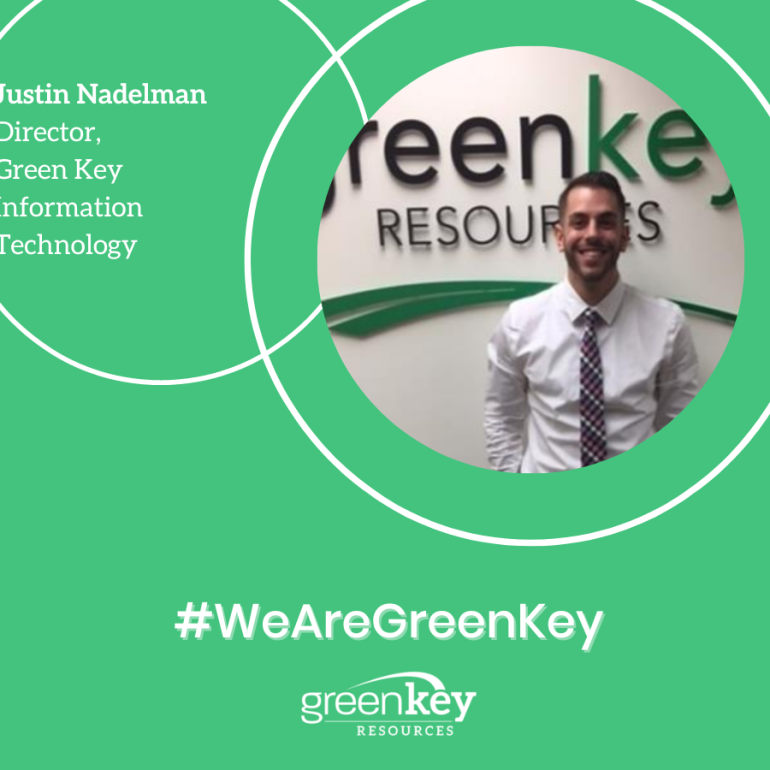Before the coronavirus crisis, digital priorities were so much at the top of organizational priorities that “digital transformation” had achieved the status of business buzzword.
IT departments were busy with initiatives to, as Salesforce once explained, “create new — or modify existing — business processes, culture, and customer experiences to meet changing business and market requirements.”
Despite the high visibility businesses gave to digital transformation, the process was slow. CIO.com says, “Most organizations aren’t the digital entities they seek to be.”
“Experts say organizations and their teams need to think of transformation not as a program or project with a start or end date, but rather a new way of operating,” says CIO.com in an article the website for tech leaders entitled “Does digital transformation ever end?”
Jeff Thomas, CTO and acting co-CIO of Sentara Healthcare, offers an answer, “I don’t think the journey ends.”
His view is reflected in the findings of multiple surveys all echoing similar results: Corporate leaders declare themselves fully invested in digital transformation, but struggle to achieve the success they are looking for.
PwC provided an explanation of why. In 2020 Global Digital IQ, PwC said that of the 2,380 executives it surveyed around the world it “discovered a group of companies that consistently generate payback and get significant value on their digital investments in every area we assess — from growth and profits to innovation, customer experience, people and more.”
Those companies – 5% of the companies surveyed – succeed because, PwC says, “Transformation never ends… Their cultural DNA empowers them to navigate change and be prepared for anything.”
“Digital is their corporate strategy, not a line item or ‘special effort’.”
Commenting on the report, PwC Global Chief Experience Officer David Clarke tells CIO.com writer Mary K. Pratt, “We look at companies doing well and find that they’re committed to constant change… Digital transformation is more of a DNA thing, it’s more of how you operate, it’s the idea that you’ll never be finished, because you never know what the next great idea or technology will be.”
While the entire C-suite needs to be committed to digital transformation, “the CIO is the person best suited to take that on,” maintains Arthur M. Langer, academic director of the Executive MS in Tech Management program at Columbia University.
“Successful CIOs are not only focused on the technology but also on the strategy and how to work with the business units to assimilate new ways in which people will work, how they use technologies, how to predict obsolescence of products and how to advise boards.”
As companies slowly reopen their doors and initiatives put on hold during the pandemic are revisited, successful digital transformation will come not from successive major projects, but from small steps.
“Change fatigue is very real,” Trent Mayberry, chief digital officer at UST Global tells CIO.com. “The idea that I’m going to do Program A and then B and then C and I’m never going to stop that change, then that’s exhausting.”
Instead, “Build an organization that can change incrementally every day, where every day you’re getting better. That’s how business should work, where transformation is constant minor degrees of change.”
Photo by NeONBRAND on Unsplash
[bdp_post_carousel]



